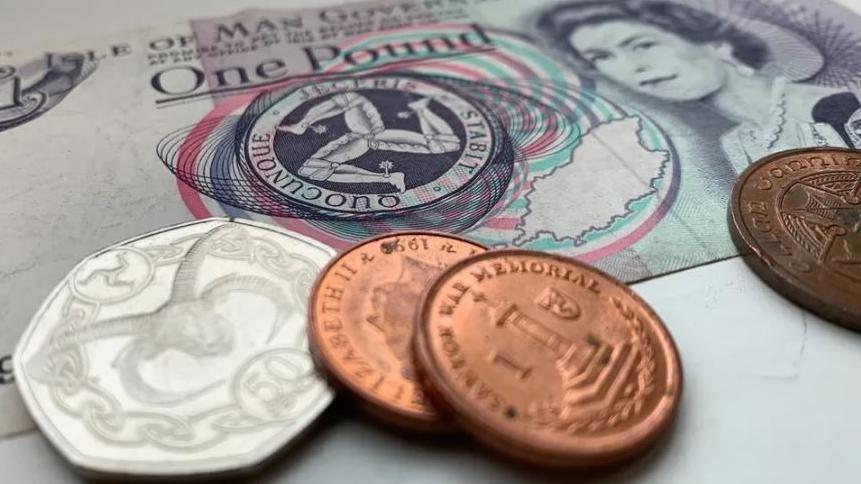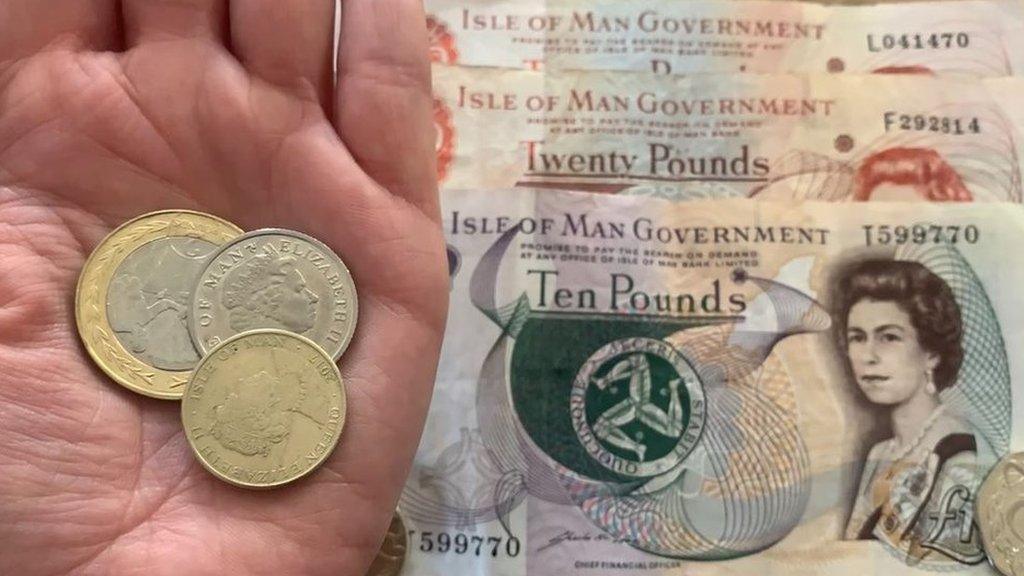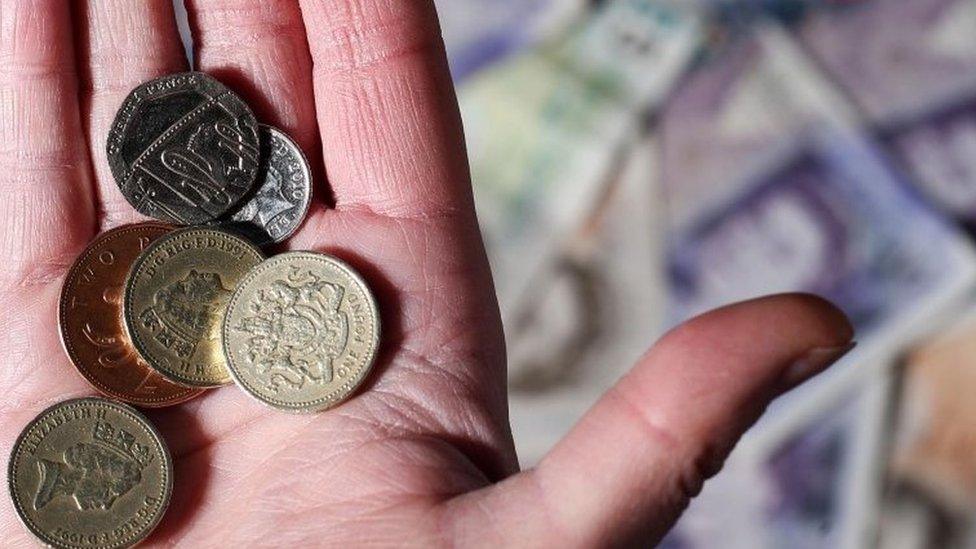Gap between minimum and living wage widens again

The island's voluntary Living Wage has risen by £1.04 in a year
- Published
The living wage on the Isle of Man has risen to £13.05 in the latest calculations by the government's statistics division.
The new voluntary hourly rate represents a £1.04 increase on the 2023 figure.
The Manx government has committed to aligning the minimum wage, which will rise to £11.45 in July and the Living Wage by April 2025.
While that 70p rise would have see the gap between the two reduced to 56p, the the latest recommended voluntary payment stretches it to £1.60, the widest in three years.
That compares to £1.55 in 2022 and £1.26 in 2023.
Minimum income
The living wage is intended to reflect the minimum income needed for families to afford to live and contribute to society.
The UK's equivalent rate stands at £12 for areas outside of London, but is due to be updated in September.
The latest report by Statistics Isle of Man found that a single man needed a weekly income of £428 to live comfortably, with a single woman requiring £438 a week.
For a couple with one child this rose to £890, while a couple with four children would need £1,514.
However, with the living wage having raised to £13.05, the gap between the minimum and voluntary wages stands at £1.60, compared to £1.55 in 2022 and £1.26 in 2024.
The interim increase in the statutory hourly rate of pay came after the Minimum Wage Committee was unable to make a recommendation and requested a delay to carry out an additional impact assessment.
The government has previously said it expects to return to Tynwald with proposals for further increases to bring the legal and voluntary payments closer together ahead of the parliament's summer recess in late July.
Why not follow BBC Isle of Man on Facebook , externaland X, external? You can also send story ideas to IsleofMan@bbc.co.uk
Related topics
- Published23 May 2024

- Published20 July 2023

- Published12 August 2022
